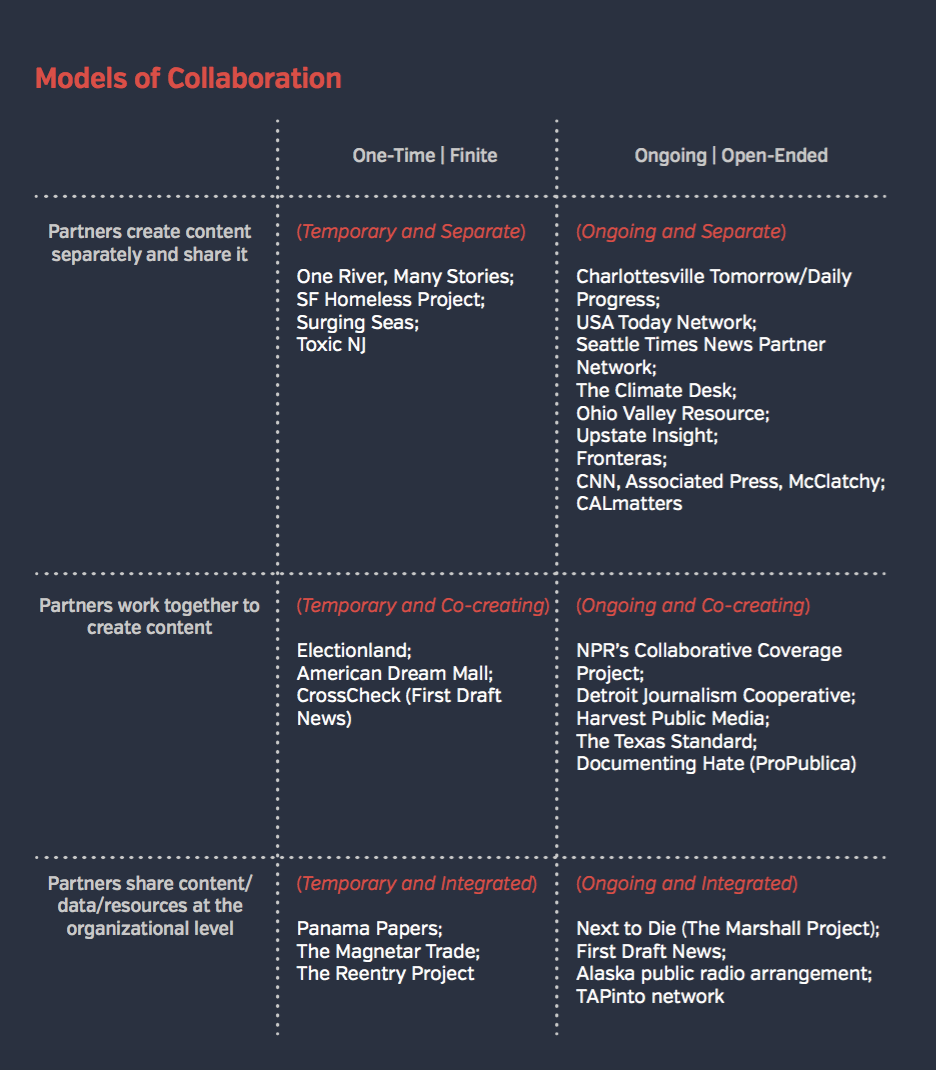The Nieman Foundation for Journalism at Harvard and the New York City-based Turkish Philanthropy Funds (TPF) today announced the launch of the Robert L. Long Nieman Fellowship to support the work of exceptional Turkish journalists. Applications for
A Turkish court sentenced Wall Street Journal reporter Ayla Albayrak to two years and one month in prison Tuesday, declaring her guilty of engaging in terrorist propaganda in support of a banned Kurdish separatist organization through one of her |
Journalism is going through a moment of self-reckoning. News organizations around the world are trying to repair or improve readers’ perceptions of their work, while also trying to figure out how to make real money sustainably while playing on Facebook and Google’s turf (and not just to stem print losses).
So they focus increasingly on the individual loyal reader.

Over the course of two decades, the American Society of News Editors (ASNE) has compiled a national view of gender and race breakdowns of U.S. journalists. The newly released 2017 data helps us understand who is working in America’s newsrooms, and provides a unique insight into how the industry reflects—or struggles to reflect—the population it serves.
The Google News Lab supports inclusive reporting, and for the first time, has partnered with ASNE on their annual Newsroom Employment Diversity Survey. Working with design studio Polygraph, we helped ASNE create a data visualization to show how hundreds of newsrooms across the U.S. have changed since 2001.
Many newsrooms around the world are lagging when it comes to new tech and a digital-first mindset
How far along are newsrooms when it comes to training their reporters to navigate a news ecosystem where people are accessing content via a wide variety of new channels? And how far along are organizations when it comes to truly thinking digital-first?
6 types of collaborations between news organisations and their benefits and challenges

Data journalism has been a big focus for us at the Google News Lab over the past three years—in building tools, creating content and sharing data with the data journalism community. We wanted to see if we’re taking the right approach: how big is data journalism, what challenges do data journalists face and how is it going to change?
Up until today, we really haven’t had clear answers to those questions. So, in collaboration with PolicyViz, we conducted a series of in-depth qualitative interviews and an online survey to better understand how journalists use data to tell stories. We conducted 56 detailed in-person interviews with journalists in the U.S., UK, Germany and France and an online survey of more than 900 journalists. Our analysis offers a glimpse into the state of data journalism in 2017 and highlights key challenges for the field moving forward.
Discover more from Erkan's Field Diary
Subscribe to get the latest posts sent to your email.


